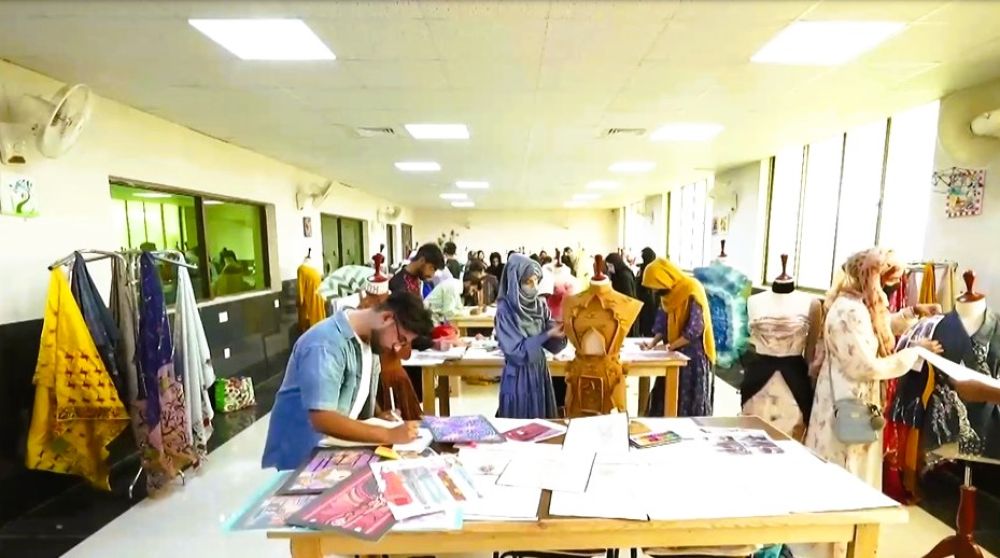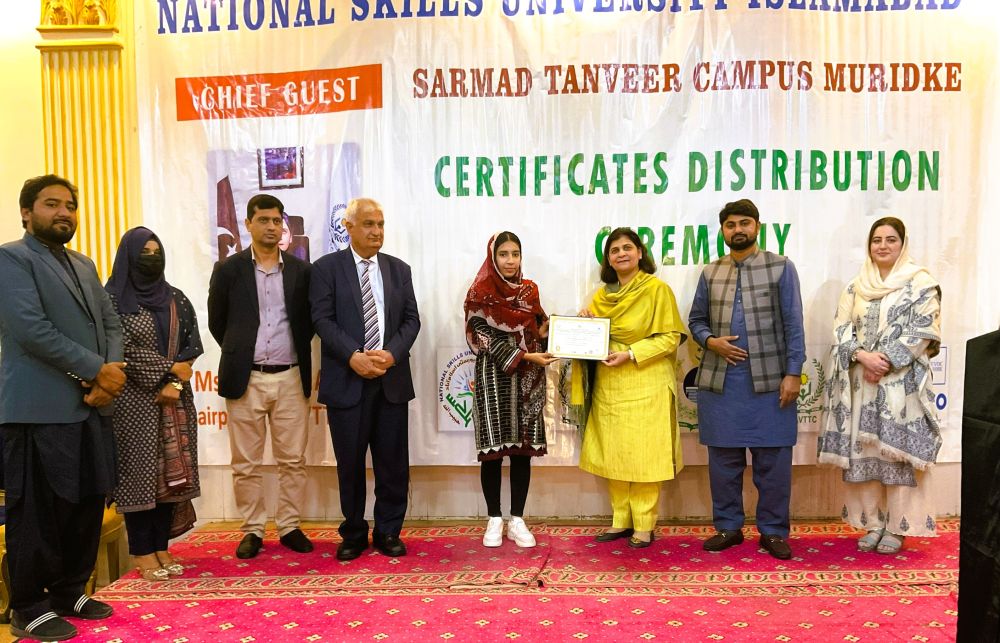214/25 How Universities Can Unlock Their True Financial Value
Posted 2 months ago
The following is based on an interesting article appearing World top jounal Nature highlighting "Universities Must Harness Their Financial Value"
When people hear about Harvard, MIT, or Stanford, the first thing that often comes to mind is their enormous endowments. Critics point out that these institutions have billions of dollars tucked away. Yet, what’s less understood is that the real financial power of these universities isn’t in their bank accounts; it’s in the ripple effects of their graduates, research, and innovations.
Let’s put it into perspective. In 2023, the top ten wealthiest U.S. universities collectively held around $271 billion in endowments. That sounds like a fortune, until you compare it to Elon Musk’s net worth, estimated at over $455 billion. Just five entrepreneurs, Musk, Jeff Bezos, Larry Ellison, Larry Page, and Mark Zuckerberg, collectively command $1.55 trillion, far surpassing university coffers.
But here’s the catch: universities may not have the cash, but their ecosystems generate value far greater than even these tycoons. A report once estimated that companies founded by MIT alumni alone created an economy the size of the world’s tenth-largest nation, worth $1.9 trillion. Stanford, thanks to its Silicon Valley DNA, has a similar story.
Yet none of that wealth appears on a university’s balance sheet. Unlike Amazon or Tesla, universities don’t “own” the billions generated from the businesses, technologies, and industries they help seed. They aim to create knowledge, train talent, and fuel society’s future. And that model has been wildly successful for decades.
The problem? The old social contract, government funding, tax breaks, and philanthropy in exchange for public good, is cracking. U.S. political winds have already slashed research budgets, imposed new taxes, and pulled back funding from elite schools. Universities now face an existential question: How do you keep fueling innovation when the money is drying up?
Lessons for Pakistan
For Pakistan, where higher education is under severe financial stress, the question of university financial worth is even more urgent. Despite the challenges, the potential of Pakistani universities to create long-term impact is immense. With shrinking government funding, rising student demand, and pressure to produce employable graduates, public and private Pakistani universities must rethink how they sustain themselves and create long-term impact.
Here’s what Pakistan can learn and adapt:
Equity from Startups: Pakistan’s booming tech ecosystem, from fintech apps to e-commerce giants, owes much to university-trained talent. If institutions negotiated equity stakes, they could reinvest millions back into labs, scholarships, and infrastructure.
Robust Technology Transfer Offices: Globally leading universities aggressively commercialize their research. Pakistani universities often stop at publishing papers. By building strong “tech transfer offices,” they could turn lab discoveries in biotech, renewable energy, and agriculture into marketable products that generate royalties and partnerships. HunarNama believes private-sector universities, notably the Association of Private Sector Universities of Pakistan (APSUP) platform, have a better chance of developing technologically oriented products benefiting the national economy than public universities ' limitations. Pakistan doesn’t lack talent or opportunity; it lacks mechanisms to convert academic innovation into institutional wealth.
Industry-Academia Partnerships: Instead of waiting for government bailouts, universities can partner with local industries. Agriculture universities can co-develop drought-resistant crops with agribusiness firms. Engineering schools can collaborate with manufacturers to solve real-world challenges and interact with technologically oriented universities, focusing on skills and product development. This not only funds research but also ensures graduates are job-ready.
Faculty Consulting and Advisory Services: Pakistani professors are already informally advising corporations, courts, and government agencies. It's time for universities to take responsibility and systematize this by allowing faculty greater freedom to consult while ensuring a share of the revenue flows back to strengthen labs and teaching.
Alumni Networks as Investors: MIT and Stanford thrive because alumni give back, not just through donations but also as angel investors and mentors. Pakistani universities could build stronger alumni-driven investment funds that seed start-ups launched by their own graduates.
Why Finances Matters for Pakistani Universities
Pakistan’s universities are often seen as cost centers, reliant on limited government subsidies or high student fees. But in reality, they are potential wealth creators. A university spin-off in biotech, energy, or digital services could generate more revenue than years of tuition fees. More importantly, it would show society that universities are not ivory towers but engines of economic growth.
The message is clear: universities, whether in Boston or Lahore, are sitting on gold mines of talent and knowledge. The challenge is learning how to unlock that value.





